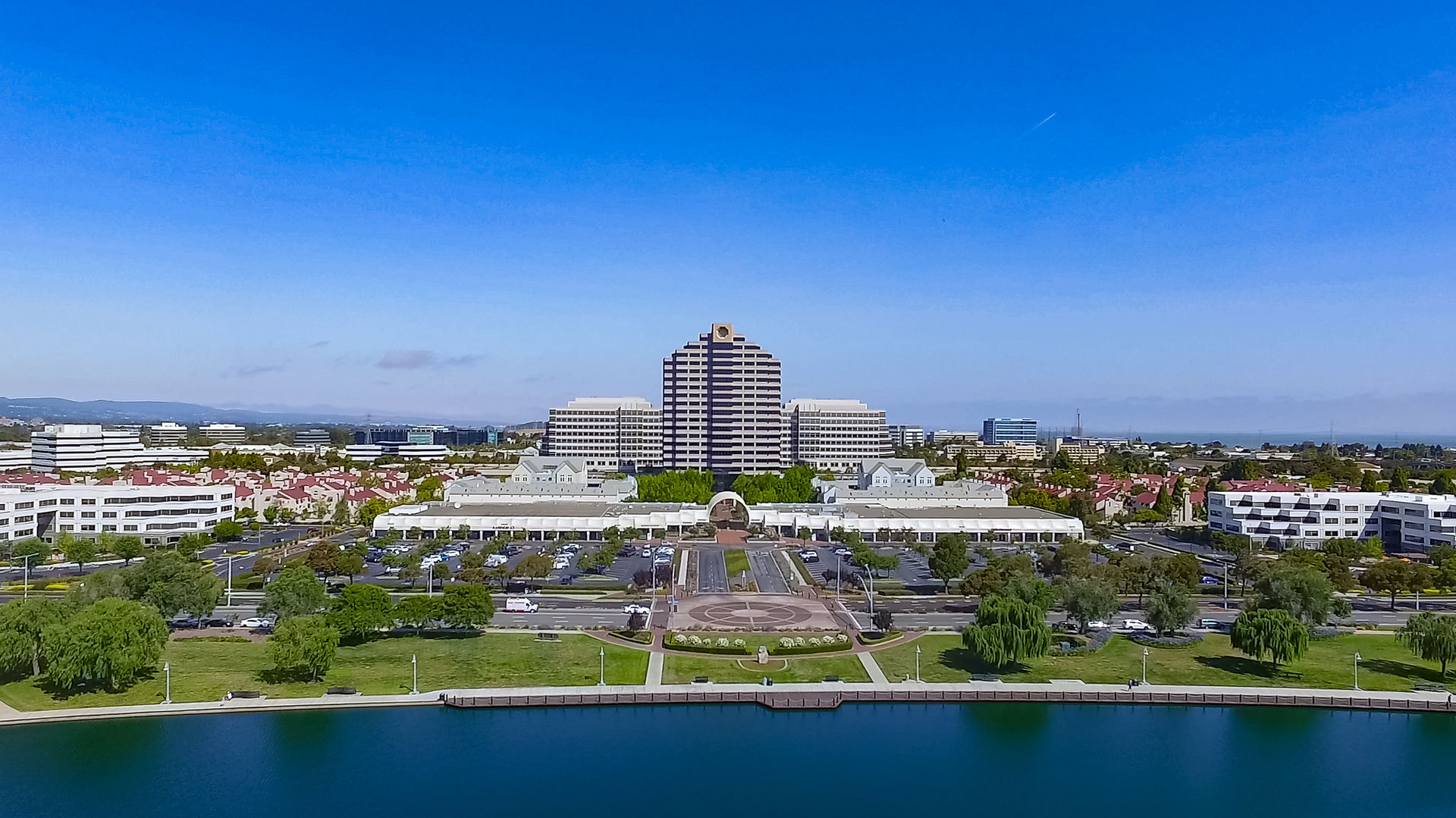Drones in Law Enforcement
- John J

- Mar 7, 2024
- 3 min read

In the realm of law enforcement, the adoption of drone technology marks a significant shift in how public safety operations are conducted. Drones, also known as Unmanned Aerial Vehicles (UAVs), have transcended their origins in military applications to become invaluable assets in the civilian sphere, particularly within police departments and other law enforcement agencies. This blog post explores the multifaceted roles drones play in law enforcement, the benefits they offer, the challenges they present, and the future of drone integration in public safety measures.
#### The Role of Drones in Law Enforcement
Drones in law enforcement are deployed for a variety of critical tasks. These tasks range from surveillance and crowd monitoring to search and rescue operations, and even in crime scene analysis. The aerial perspective provided by drones gives officers a comprehensive view of large areas, enabling them to make informed decisions quickly and effectively.
1. Surveillance and Crowd Monitoring: Drones are often used to monitor large public gatherings, protests, and events. They can provide real-time footage to command centers, helping law enforcement manage crowds and prevent potential incidents before they escalate.
2. Search and Rescue Operations: In search and rescue missions, drones can access remote or difficult-to-reach areas, such as dense forests or mountainous terrains. They are equipped with thermal imaging cameras that can detect heat signatures, making it easier to find lost or injured individuals.
3. Crime Scene Analysis: Drones can be deployed to capture detailed aerial photographs and videos of crime scenes. This capability is particularly useful in reconstructing events and collecting evidence without disturbing the scene.
4. Traffic Management and Accident Analysis: UAVs can provide a bird's-eye view of traffic congestion and accidents, allowing for a quicker response. They can also assist in reconstructing accidents for investigative purposes.
Benefits of Drone Use in Law Enforcement
The integration of drones into law enforcement operations brings numerous advantages:
- Enhanced Situational Awareness: Drones provide officers with a comprehensive overview of their operational environment, allowing for more informed decision-making.
- Cost-Effectiveness: Compared to traditional methods such as helicopters, drones offer a more affordable solution for aerial surveillance and other tasks.
- Operational Efficiency: Drones can be quickly deployed and maneuvered to cover large areas, making them highly efficient tools in various operations.
- Improved Officer and Public Safety: By using drones in potentially dangerous situations, law enforcement can reduce the risk to officers and the public.
Challenges and Considerations
Despite their benefits, the use of drones in law enforcement also raises several challenges and ethical considerations:
- Privacy Concerns: The use of drones for surveillance can lead to concerns about individual privacy and civil liberties. Clear guidelines and regulations are necessary to balance public safety with privacy rights.
- Regulatory Hurdles: Law enforcement agencies must navigate a complex web of regulations governing drone operations, including airspace restrictions and data management policies.
- Training and Resource Allocation: Implementing a drone program requires significant investment in training and resources to ensure that personnel are proficient in operating UAV technology.
The Future of Drones in Law Enforcement
Looking ahead, the role of drones in law enforcement is set to expand. Advances in drone technology, such as improved battery life, enhanced imaging capabilities, and AI-driven analytics, will further augment their utility in public safety operations. Additionally, evolving regulations and public perceptions will play a critical role in shaping how drones are integrated into law enforcement practices.
The potential for drones to transform law enforcement is immense, offering a blend of operational efficiency, cost-effectiveness, and enhanced safety. As agencies continue to explore and adopt drone technology, it is imperative to address the associated challenges and ethical considerations to ensure that this powerful tool is used responsibly and effectively for the betterment of public safety.
In conclusion, drones represent a promising frontier in law enforcement, capable of revolutionizing how public safety is maintained. As this technology continues to evolve and integrate into law enforcement operations, it holds the promise of making our communities safer, more secure, and better served by their protectors.




Comments